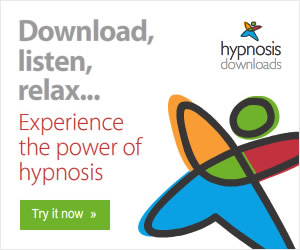Restless legs syndrome (RLS, Wittmaack-Ekbom's syndrome, or sometimes, but inaccurately, referred to as Nocturnal myoclonus) is a condition that is characterized by an irresistible urge to move one's body to stop uncomfortable or odd sensations. It most commonly affects the legs, but can also affect the arms or torso. Moving the affected body part modulates the sensations, providing temporary relief. RLS causes a sensation in the legs or arms that can most closely be compared to a burning, itching, or tickling sensation in the muscles.
People use words such as: uncomfortable, "antsy", electrical, creeping, painful, itching, pins and needles, pulling, creepy-crawly, ants inside the legs, and many others. Some people have little or no sensation, yet still have a strong urge to move.
Movement will usually bring immediate relief; however, this relief will often be only temporary and partial. Walking is most common, also doing stretches, yoga, biking, or other physical activity may relieve the symptoms. Constant and fast up-and-down movement of the leg, coined "sewing machine legs" by at least one RLS sufferer, is often done to keep the sensations at bay without having to walk. Sometimes a specific type of movement will help a person more than another.
Worsening of symptoms by relaxation
Any type of inactivity involving sitting or lying—reading a book, a plane ride, watching TV or a movie, taking a nap—can trigger the sensations and urge to move.
Causes of Restless Leg SyndromeThe most commonly associated medical condition is iron deficiency (specifically blood ferritin below 50µg/L, which accounts for just over 20% of all cases of RLS. Other conditions associated with RLS include pregnancy, varicose vein or venous reflux, folate deficiency, hypoglycemia, sleep apnea, uremia, diabetes, thyroid disease, peripheral neuropathy, Parkinson's disease and certain auto-immune disorders such as Sjögren's syndrome, celiac disease and rheumatoid arthritis. RLS can also worsen in pregnancy.
Certain medications may worsen RLS in those who already have it, or cause it secondarily eg anti-nausea drugs, certain antihistamines (often in over-the-counter cold medications), drugs used to treat depression (both older tricyclics and newer SSRIs), antipsychotic drugs and certain medications used to control seizures. Treatment of underlying conditions, or cessation of use of the offending drug, often eliminates the RLS.
Treatment for Restless Legs Syndrome
No proof has been found of the effectiveness of drugs therapy and the cost is high. Drugs used include dopamines, opioids, benzodiazepines and anti-convulsants. Sufferers should always have their iron levels checked.
Alcohol, caffeine and sometimes tobacco can aggravate restless legs syndrome and should be used minimally or cut out all together.
Using Hypnosis to Relieve Restless Legs SyndromeAlthough restless legs syndrome is a neurological disorder it is now beyond any scientific doubt that the mind and body are deeply interconnected. Hypnosis is nature's optimum tool for influencing physical processes through the power of the mind. Restless legs syndrome can be eased and greatly diminished by the effective and repeated use of hypnotic suggestion. A download hypnosis mp3 is available to bring relief to Restless Legs Syndrome and a script for use by professional hypnotherapists.
More information: Wikipedia - Restless Leg Syndrome
Restless Leg Syndrome Fact Sheet
Bandolier info on RLS
Click here for over 500 download hypnosis mp3s.
Antonia Harrison is the English Hypnotherapist in Belgium
Subscribe to:
Post Comments (Atom)












No comments:
Post a Comment